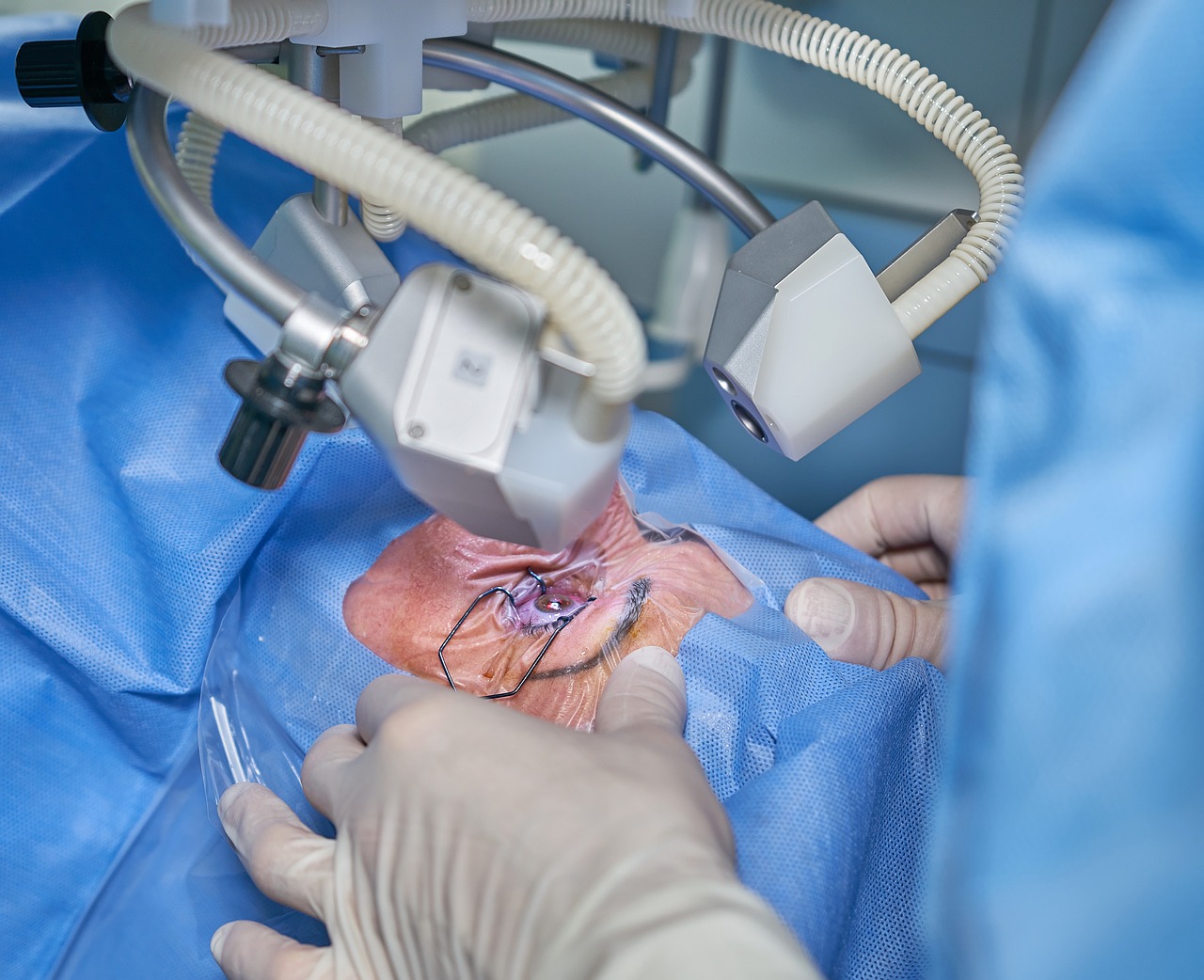
Have you ever noticed how someone’s eyes can look like different colours depending on how they catch the light? It’s one of the incredible things about the human eye, and it’s something that we unconsciously take into account when we make eye contact with others. Colour eye contact can be a powerful tool in communication, as it can subconsciously influence our mood and perception of the person we are talking to.
Eye contact in general is important when it comes to making a good impression. It’s often said that “the eyes are the window to the soul, ” and research has shown that making eye contact can make us appear more confident, trustworthy, and likable. But what about the colour of someone’s eyes? While it may not be the first thing we notice, it can have a subtle impact on our perception.
For example, someone with blue eyes may be seen as more trustworthy and honest. This is likely due to societal associations with the colour blue, which is often seen as calming and trustworthy. On the other hand, someone with green or hazel eyes may be seen as more mysterious or sensual. This could be because green is associated with nature and growth, while hazel is a combination of brown and green, both of which are earthy colours.
Of course, it’s important to note that these associations are not set in stone and can vary depending on cultural background and personal experiences. However, it’s interesting to consider how the colour of someone’s eyes can play a role in our initial perception of them.
But it’s not just the colour of someone’s eyes that can have an impact on perception. The way we make eye contact is also important. For example, steady eye contact can indicate confidence and sincerity, while avoiding eye contact can suggest insecurity or dishonesty. However, it’s important to note that cultural differences can affect the way eye contact is interpreted. In some cultures, avoiding eye contact is a sign of respect or humility.
Another factor to consider is the duration of eye contact. Prolonged eye contact can be seen as intimate or aggressive, while brief eye contact can be interpreted as shyness or disinterest. It’s important to strike a balance and maintain eye contact for an appropriate amount of time depending on the situation and cultural context.
It’s also worth noting that eye contact isn’t always necessary or appropriate. In some cultures or situations, avoiding eye contact can be a sign of respect or deference. Additionally, some people may have difficulty making eye contact due to conditions such as social anxiety or autism spectrum disorder. It’s important to be respectful and aware of these factors when communicating with others.
Colour eye contact is just one aspect of the complex world of eye contact and its impact on communication. While it may not be the most important factor, it’s interesting to consider how our perceptions can be influenced by the colour of someone’s eyes. However, it’s important to remember that eye contact is just one tool in communication and should be used appropriately depending on the situation and cultural context. By being mindful of the way we make eye contact, we can better communicate and connect with those around us.

